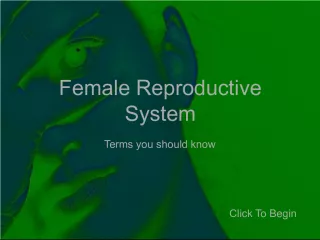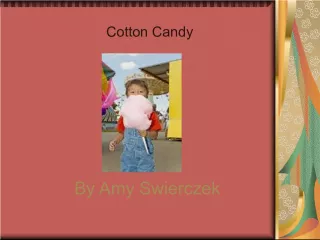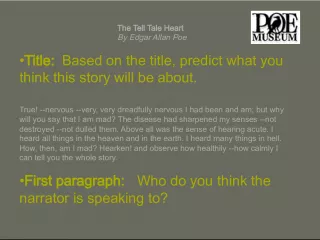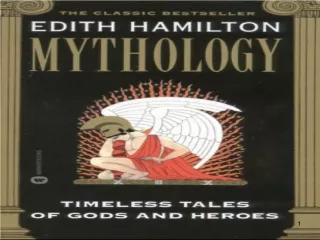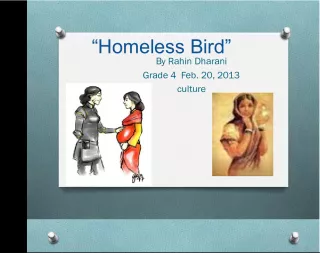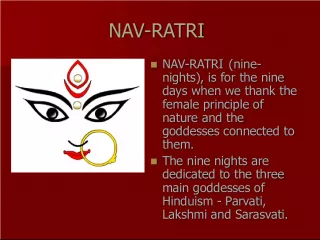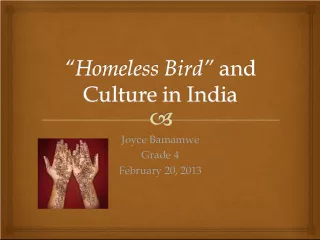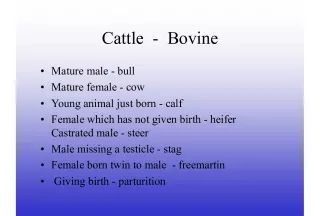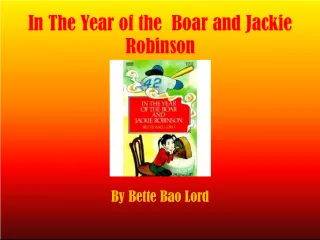"Female Acculturation Through The Fairy Tale"


In this essay by Marcia K Lieberman, taken from the book "Don't Bet on the Prince: Contemporary Feminist Fairy Tales in North America and England," the author explores
- Uploaded on | 3 Views
-
 alfredo
alfredo
About "Female Acculturation Through The Fairy Tale"
PowerPoint presentation about '"Female Acculturation Through The Fairy Tale"'. This presentation describes the topic on In this essay by Marcia K Lieberman, taken from the book "Don't Bet on the Prince: Contemporary Feminist Fairy Tales in North America and England," the author explores. The key topics included in this slideshow are . Download this presentation absolutely free.
Presentation Transcript
Slide1“‘Some Day My Prince Will Come’: FemaleAcculturation Through The Fairy Tale” by Marcia K. Lieberman Excerpts from an essay in Don’t Bet on the Prince: Contemporary Feminist Fairy Tales in North America and England
Slide2“Among other things, these tales present apicture of sexual roles, behavior, and psychology, and a way of predicting outcomes or fate according to sex, which is important because of the intense interest that children take in ‘endings’; they always want to know how things will ‘turn out.’”
Slide3“The beauty contest is a constant andprimary device in many of the stories.”
Slide4“Beautiful girls are never ignored; they maybe oppressed at first by wicked figures, as the jealous Queen persecutes Snow White, but ultimately they are chosen for reward.”
Slide5There is a “focus on beauty as a girl’s mostvaluable asset, perhaps her only valuable asset. Good-temper and meekness are so regularly associated with beauty, and ill- temper with ugliness, that this in itself must influence children’s expectations.”
Slide6“The stories reflect an intensely competitivespirit: they are frequently about contests, for which there can only be one winner because there is only one prize. Girls win the prize if they are the fairest of them all; boys win if they are bold, active, and lucky.”
Slide7“If a child identifies with the beauty, she maylearn to be suspicious of ugly girls, who are portrayed as cruel, sly, and unscrupulous in these stories; if she identifies with the plain girls, she may learn to be suspicious and jealous of pretty girls, beauty being a gift of fate, not something that can be attained. There are no examples of a crossed-pattern, that is, plain but good-tempered girls.”
Slide8“Girls may be predisposed to imagine thatthere is a link between the lovable face and the lovable character, and to fear, if plain themselves, that they will also prove to be unpleasant, thus using the patterns to set up self-fulfilling prophecies.”
Slide9“The beautiful girl does not have to do anything to merit being chosen; she does not have to show pluck, resourcefulness, or wit; she is chosen because she is beautiful.”
Slide10“Marriage is the fulcrum and major event ofnearly every fairy tale; it is the reward for girls, or sometimes their punishment.”
Slide11“The system of rewards in fairy tales, then,equates these three factors: being beautiful, being chosen, and being rich.”
Slide12“An examination of the best-known storiesshows that active resourceful girls are in fact rare; most of the heroines are passive, submissive, and helpless.”
Slide13“So many of the heroines of fairy stories . . .are locked up in towers, locked into a magical sleep, imprisoned by giants, or otherwise enslaved, and waiting to be rescued by a passing prince, that the helpless imprisoned maiden is the quintessential heroine of the fairy tale.”
